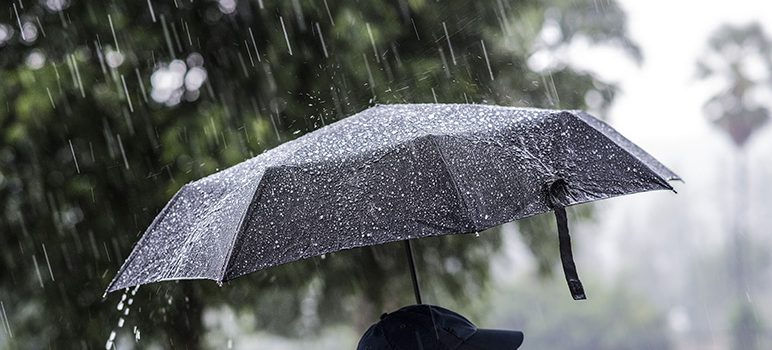Although the rains that descended on the Bay Area and the snowstorms that blanketed the mountains around Lake Tahoe this past week will add to the local water supply, experts are still urging the public to continue conservation efforts.
A certain amount of rain and snow is needed to meet annual water demands, according to Newsha Ajami, a researcher at the Stanford Woods Institute for the Environment, and any wet weather before the winter season ends is welcome. But she said it appears that this year’s wasn’t enough to stave off another drought, which has already set in down in Southern California only a year after the state emerged from a historic five-year dry spell.
“Right now, we don’t have enough snow reserves,” she said. “Our snowpack is very thin and that’s not a good thing. One rainstorm and one snowfall is not going to solve that deficit that quickly.”
The National Weather Service issued a warning leading into this past weekend about an impending snow storm, which dumped 5 feet of snow in the Sierras in the span of two days. But even that left the Sierra Nevada—from which Santa Clara County gets about 55 percent of its water supply—at 37 percent of its normal snowpack levels.
A report by the National Drought Mitigation Center late last month showed that the South Bay is experiencing abnormally dry conditions. As the index accounts for both precipitation and temperature, the warm weather earlier this year played a role.
“When the temperature is very high, you lose a lot of water to evaporation and transpiration,” Ajami explained. “The snow also melts much faster.”
Dick Santos, who chairs the Santa Clara Valley Water District Board of Directors, said the agency will maintain caution and keep up the conservation efforts it adopted during the most recent protracted drought.
The local 10 reservoirs in the region tapped in at about 44,000 acre-feet in total storage on Feb. 1, which is 50 percent of the 20-year average for that date, according to the water district. That brings them to a combined 39 percent of restricted capacity.
Meanwhile, the estimated recharge for the three groundwater areas—the Santa Clara Plain, Coyote Valley and Llagas Sub-Basin—was higher in January compared to the January average of the last five years, per the district’s latest groundwater report.
That increase follows more than five years of drought in California, however. From January 2014 to April 2017, a state of emergency was in effect because of the atypically dry conditions that plagued the entire state.
“Based on last year’s rain, our groundwater recharge is real good, but we want to make sure that we save that,” Santos said. “And we know that there are predictions of not enough rain. So we’re very concerned, but if we adopt the regulations we’re following now and the guidelines we set forward, we should be okay for this year.”
A 2015 Stanford study of conservation in the Santa Clara Valley found that the local water district has kept water demands steady despite booming population growth in the past decade. Ajami said the district has diversified its water supply and explored alternatives.
“Because we cannot rely on imported water as much as we used to and it’s becoming much more uncertain, many water agencies are thinking: what is our game plan?” she said. “How can we get ahead and make our community more resilient toward water scarcity? How they can diversity their water supply portfolio?”
At the local water district, those conservations efforts have included promoting recycled gray water for landscape uses and sub-meter rebate programs, among other initiatives that have been revised and expanded in the past five years.


Does anybody know of a good vendor that can do greywater conversion of my washing machine (i.e. set it up so it waters my plants and trees)? Also: are there incentives for these kind of retrofits?
Hi Christopher! Check out Bay Maples, a local company I profiled a while back. The owner installs graywater systems and was also hosting workshops to teach people how to do it themselves. Here’s a link to that story: http://www.sanjoseinside.com/2015/06/04/drought-inspires-cash-for-grass-rebates-native-gardening-trend/
How does using gray water affect our food supply and it’s ability to grow?
Well yeah, why wouldn’t the Santa Clara Valley Water District debclare a drought in the middle of our winter/spring snow and rainfall season. This is nothing more than a private company run by politicians making six figure salaries who SELL water. Our reservoirs would be full but were strategically drained by SCVWD before their drought announcement. What a sham! What a disgrace! People aren’t stupid but politicians beleive otherwise.